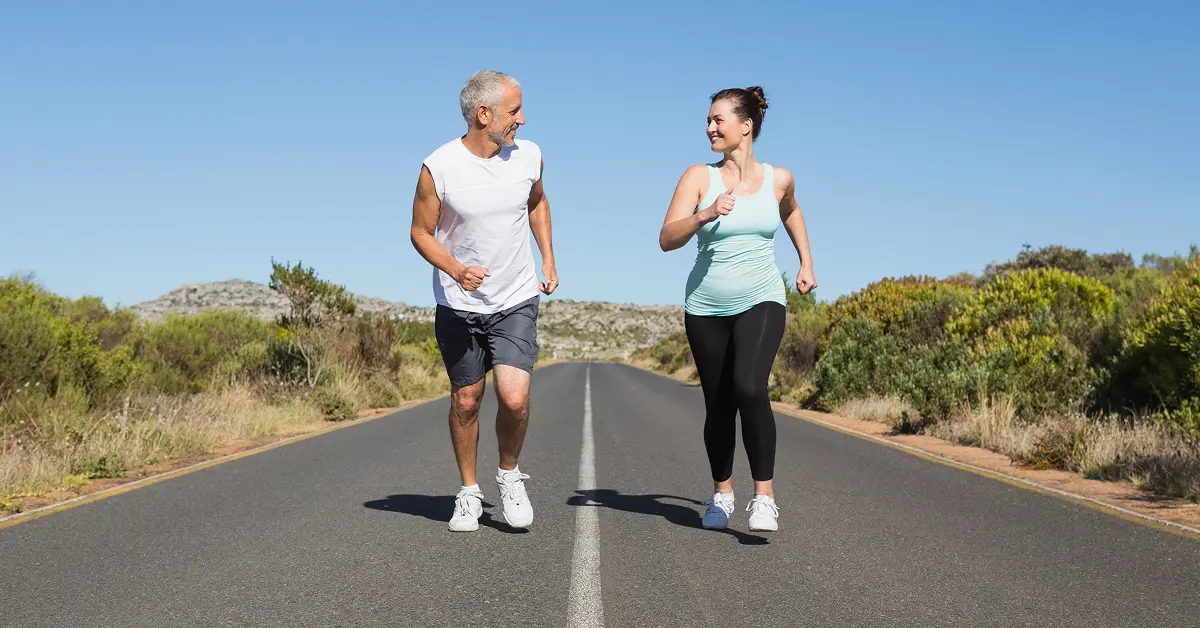As parents age, maintaining mobility and joint health becomes one of the biggest challenges. Joint pain, arthritis, and stiffness in the knees or hips are common complaints that can severely impact their quality of life. Among the many low-impact exercises recommended for seniors, walking under supervision stands out as a simple yet powerful activity to promote joint health. In India, where joint issues are widespread among the elderly, encouraging regular, supervised walks can make a significant difference.
According to Indian medical studies, osteoarthritis affects nearly 22% of adults over 50, especially women. Sedentary lifestyles, poor diet, and lack of physical activity aggravate the condition. Common joint issues in Parent Caregiver include:
- Stiffness in knees, hips, and shoulders
- Decreased cartilage cushioning
- Chronic pain in weight-bearing joints
- Limited range of motion
- Fear of falls due to instability
Why Walking Is a Perfect Low-Impact Exercise
Walking is often recommended because it's gentle on joints, doesn’t require equipment, and can be done almost anywhere. For ageing parents, walking:
- Lubricates joints through movement
- Stimulates blood circulation to cartilage
- Enhances bone density
- Supports healthy weight management
- Improves balance and coordination
However, walking unsupervised may cause risks such as tripping, incorrect posture, overexertion, or walking on uneven surfaces—all of which can worsen joint problems. That’s where supervised walking comes into play.
Benefits of Supervised Walking for Joint Health
Correct Posture and Gait Monitoring
Supervised walking ensures that seniors maintain proper posture, foot placement, and stride length. Improper walking techniques can put stress on already weak joints.
Customized Walking Plans
Under supervision, walks are tailored to individual abilities. A structured plan helps maintain consistency without overloading the joints.
Reduced Fall Risks
A caregiver or support person ensures safety at every step, choosing smooth walking paths, assisting with curbs or slopes, and watching for fatigue. This gives your parents confidence to keep walking daily.
Pain Management and Early Detection
Supervised walks help identify any signs of discomfort or swelling in real-time. Over time, caregivers can monitor patterns in pain and alert doctors if required.
Motivation and Routine
Having a dedicated time and a support person provides the motivation to stay consistent. When seniors walk regularly, it strengthens muscles around joints and maintains flexibility.
Mental and Emotional Benefits
Beyond physical improvement, walking with company reduces isolation and anxiety. Conversations during walks lift moods, reduce depression, and make exercise more enjoyable. Positive emotional states are known to reduce inflammation and improve overall health in seniors.
Supervised Walking at Home vs Outdoor Parks
In India, many urban families don’t have easy access to large parks or walking tracks. In such cases, a trained caregiver can assist with supervised walking indoors or in building premises.
However, when possible, outdoor walks in natural light are even more beneficial, as they improve Vitamin D absorption, mood, and sleep cycles—factors that support joint health.
Tips for Families Starting Supervised Walks
- Start Slow: Begin with 5-10 minute sessions and increase gradually.
- Choose Safe Footwear: Well-cushioned, non-slip shoes reduce joint stress.
- Avoid Peak Sunlight Hours: Morning or early evening walks are best.
- Hydrate Before and After: Joints perform better when well-hydrated.
- Keep Assistive Devices Handy: Walkers or canes provide extra balance.
- Hire a Trained Caregiver or Physiotherapist: Preferably someone experienced in elderly mobility assistance.
Real-Life Example
Take the case of Mr. Sharma, a 72-year-old from Pune, who suffered from knee arthritis. After 3 months of supervised walking with a trained caregiver:
- His knee flexibility improved by 25%
- Pain frequency reduced significantly
- His sleep and appetite improved
- He no longer feared stepping out for a walk
These real-life improvements show how impactful a simple habit can be when done right.
Conclusion
Supervised walking is more than just a physical activity. It is a holistic, low-risk, high-reward practice that can significantly improve joint health and mental wellbeing in elderly parents.
With India’s ageing population growing fast, families must look for preventive and supportive care methods that allow their loved ones to age gracefully and pain-free. Investing in supervised walking through the help of a trained caregiver, family member, or physiotherapist not only improves mobility but also keeps ageing parents happier, healthier, and more independent in their golden years.
Contents
Our 24*7 services
Latest Posts
- What Is Respite Care and Why Is It Important
- Affordable home care for senior citizens in India
- Caring for Seniors with Dementia or Alzheimer's at Home
- Senior Caregiving A Guide for Every Family
- How to Write a Caregiver Resume That Gets You Hired
- How Care After Hospital Discharge Speeds Up Recovery at Home
- How to Get Home Health Care for Seniors Through Medicare
- What Does a Senior Citizen Caregiver Really Do at Home
- How to Care for Elderly Parents with Alzheimer’s or Dementia
- How to Get 24-Hour Care for Seniors at Home

